The big question after the Australian Grand Prix within Red Bull was how the brake on the right rear of Max Verstappen's RB20 fail so spectacularly.
Team principal Christian Horner already explained that from the start of the race, the calliper gripped onto the brake disc, but why? What was the cause? Could it have been an assembly error perhaps?
For that explanation, we have to fall back on the initial analysis carried out by brake manufacturer Brembo in collaboration with Red Bull's engineers.
Hydraulic line
This analysis revealed that the problem was most likely caused by the hydraulic line towards the right rear of the car, which still contained some residual pressure.
That made the calliper tighten as if the brake pedal was being stepped on, even when at full throttle.
Such prolonged friction caused the temperature to rise to well above operational values in no time. That, in turn, caused the brake drum, whose complexity regarding the various ventilation ducts can be clearly seen above, to catch fire.
Don't miss out on any of the Formula 1 action thanks to this handy 2026 F1 calendar that can be easily loaded into your smartphone or PC.
Download the calenderMost read
In this article
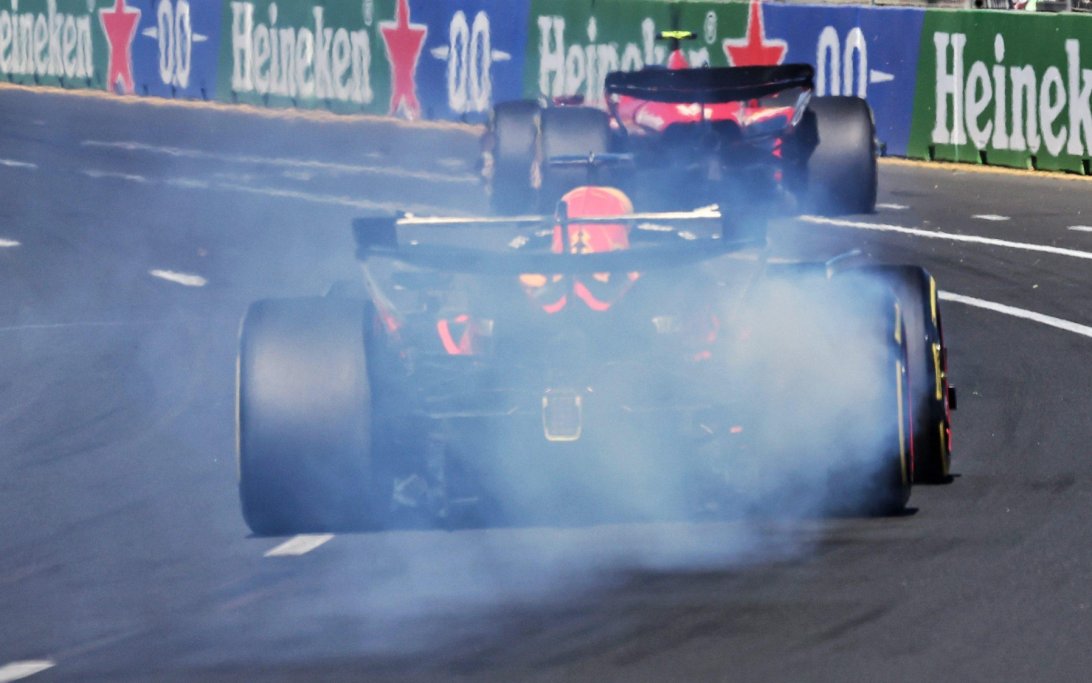
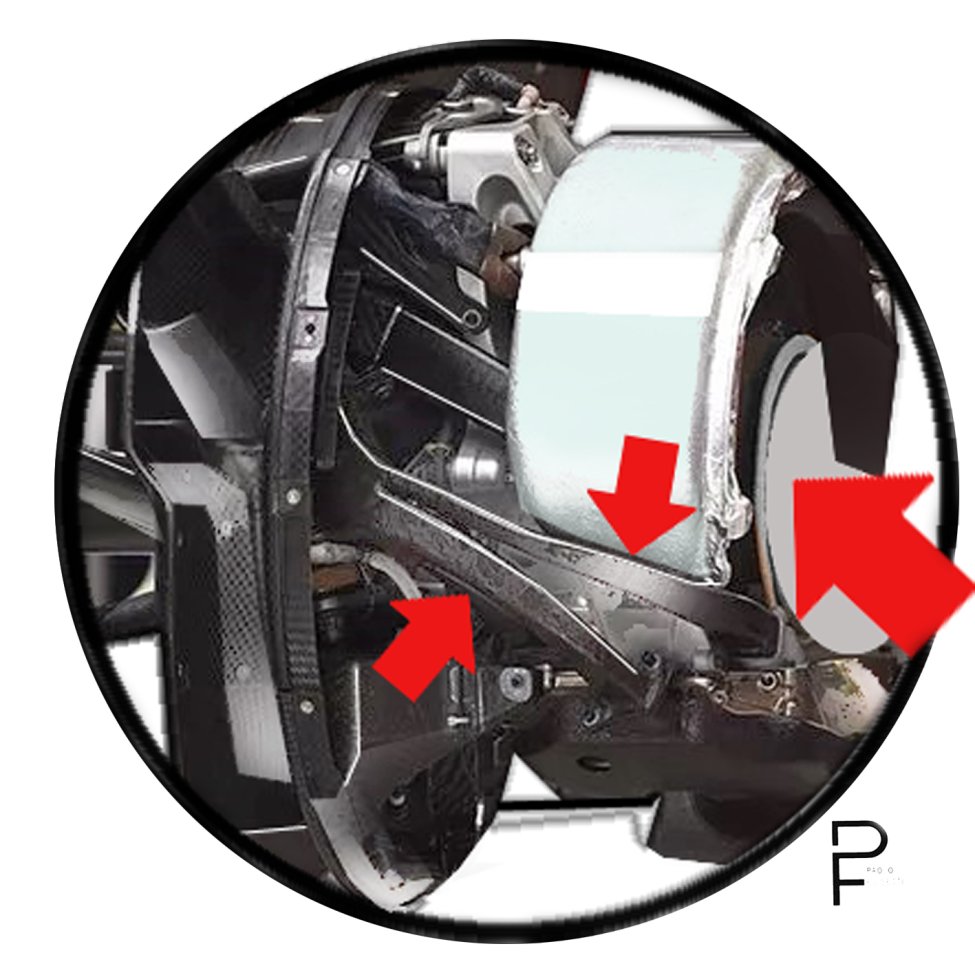

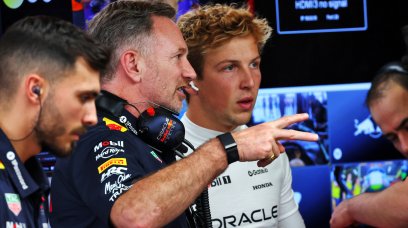
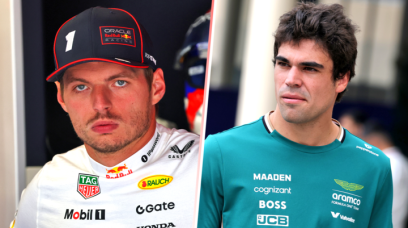
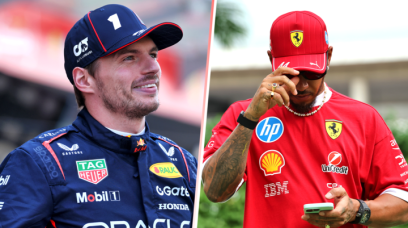

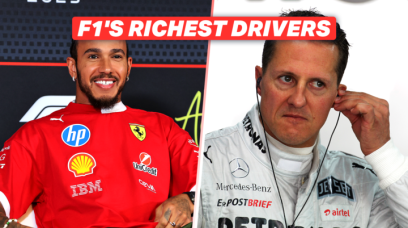
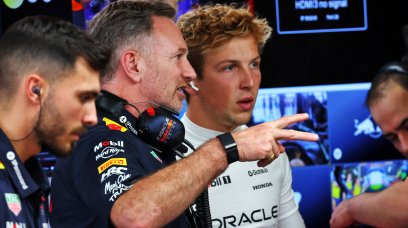
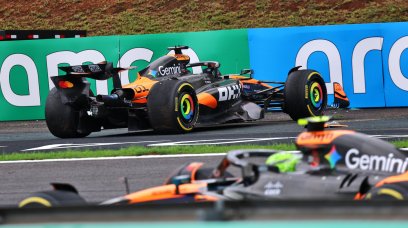

Join the conversation!